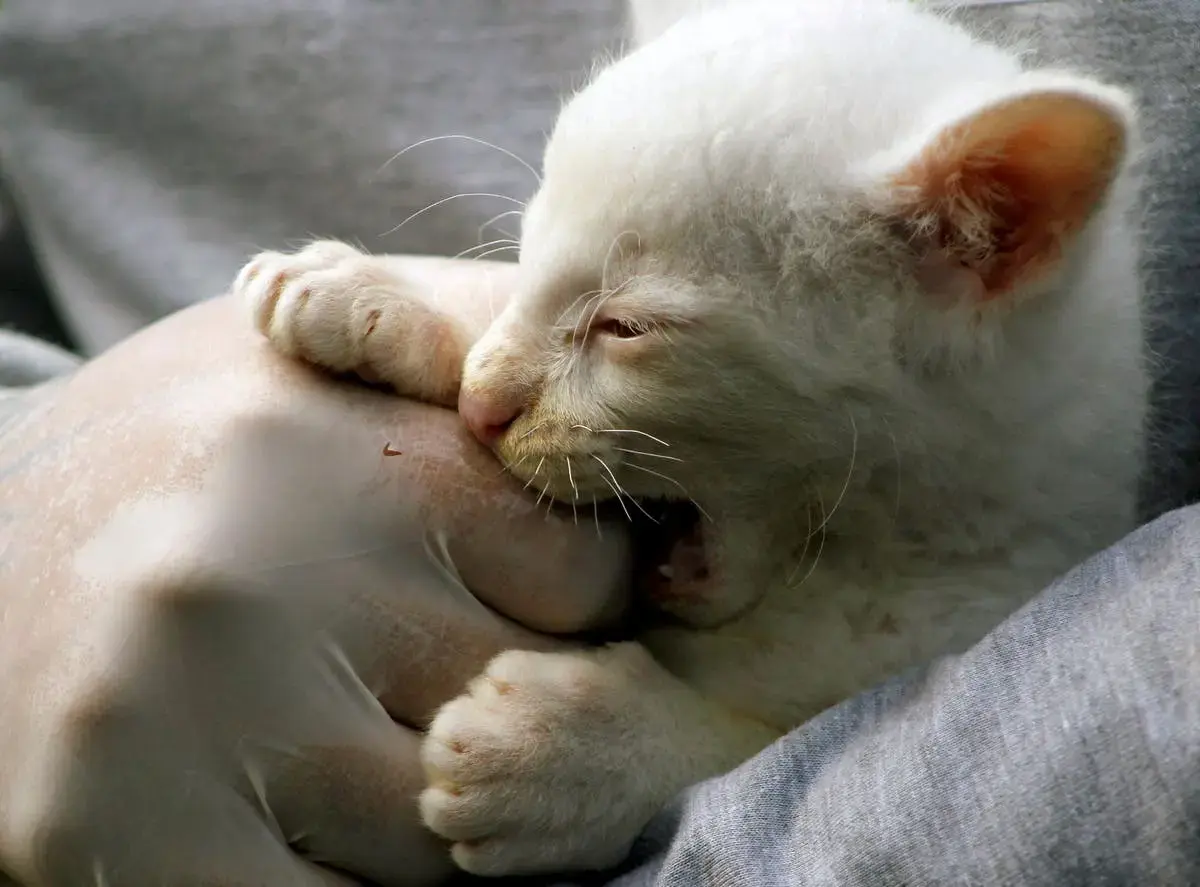Findings highlight role of cats as reservoirs of ‘as yet undiscovered bacterial species’
A dog wrote this article.
Oh fuck, here we go again
If it’s unknown I’m guessing it hasn’t evolved antibiotic resistance.
Yeah bacteria are often a lot easier to deal with than viruses.
Why? Just because it hasn’t been noticed until now doesn’t mean it hasn’t been inside people before.
I’m not a doctor, but I figured that we’ve seen every bacteria that regularly lives inside people in cultures.
“It was, pure rage…” cat screaming like zombie
One of my favourite scenes of all time is when he’s in the church with all those ‘dead’ bodies and it takes you a second or so to realize they all just moved.
*Just rewatched it, and I misremembered. More like two bodies… would’ve been a great scene though IMO.
which movie?
28 Days Later: https://en.wikipedia.org/wiki/28_Days_Later
Oddly, this happened to my mother, with her cat (always indoors). He “love bit” and “cromched” hard. My mother didn’t think much of it. She’s had cats for decades and had been bitten and scratched without incident. Cats are furry murder machines, and being lovingly lacerated is just what you sign up for as a cat parent.
Well, her hand swelled up something fierce, and she almost lost her hand. She had never gone through anything like that, but her cat never bit her again. It was just a weird, one-off.
The takeaway is: whenever your skin is cut deeper than a scratch, have it checked out. The cat is not the problem, any more than a rusty nail is. Rather your skin is a barrier, and when it is breeched, you risk infection. This is why such care is taken to minimize exposure in advance of surgery (and why you follow surgery prep to the letter).
My takeaway is: Make sure your tetanus vaccine is current. Use disinfectant even for tiniest cut/wound. Hope prevention is enough, but know how to recognize infection symptoms.
Good advice, but it’s worth mentioning that ANY animal bite is an infection risk because animal mouths harbor bacteria.
Any injury that opens your insides up to the outside should be thoroughly washed with soap and water to minimize the amount of pathogens that pass through, but animal mouths and claws can harbor some nasty pathogens that have evolved to coexist with animals. Ever heard of cat scratch fever?
That is such a cat thing to do.








